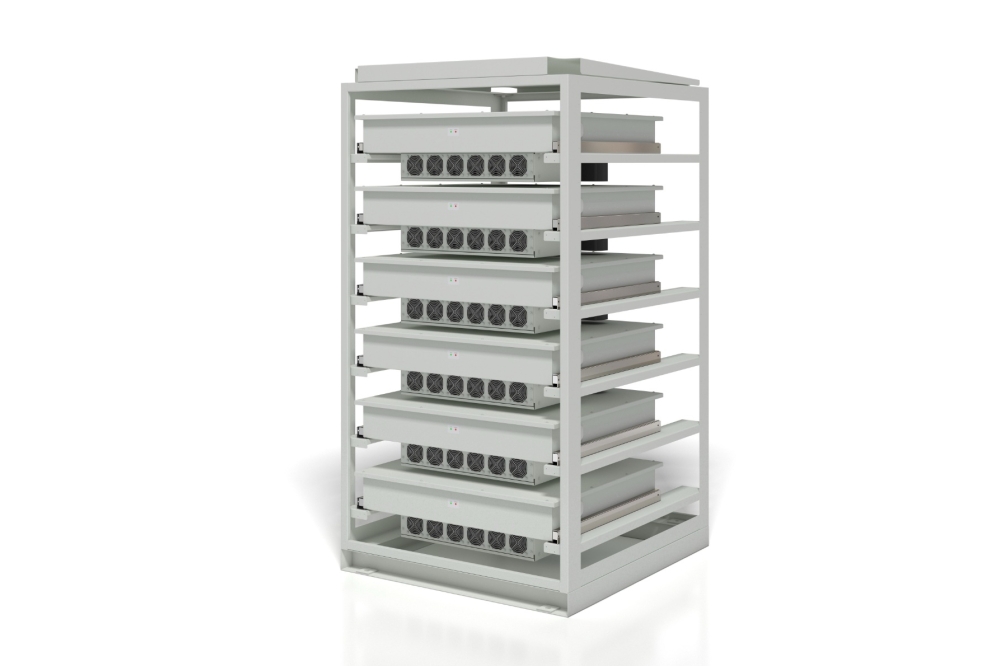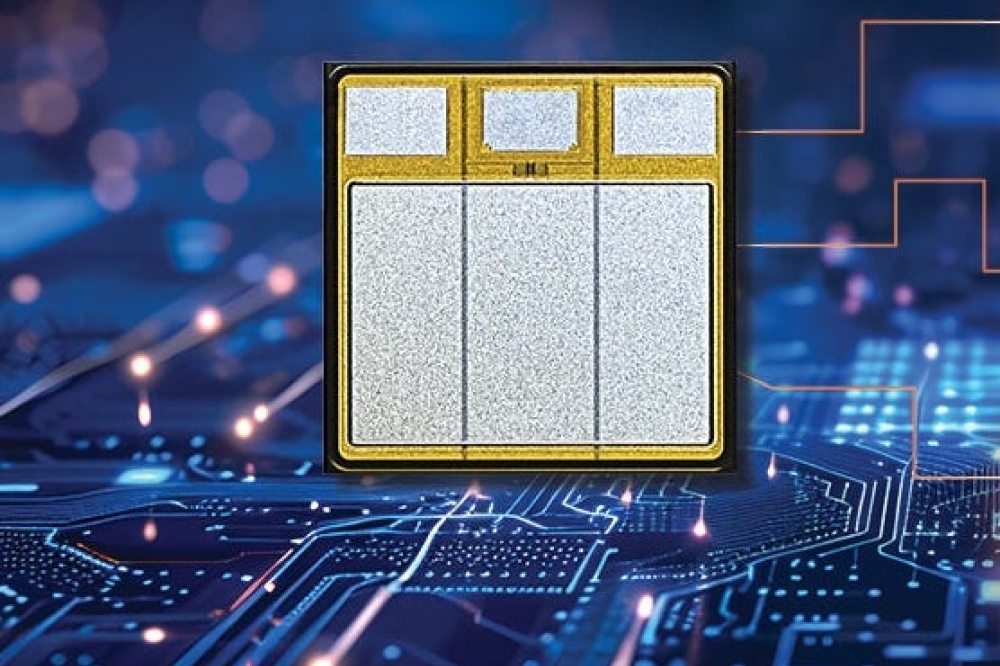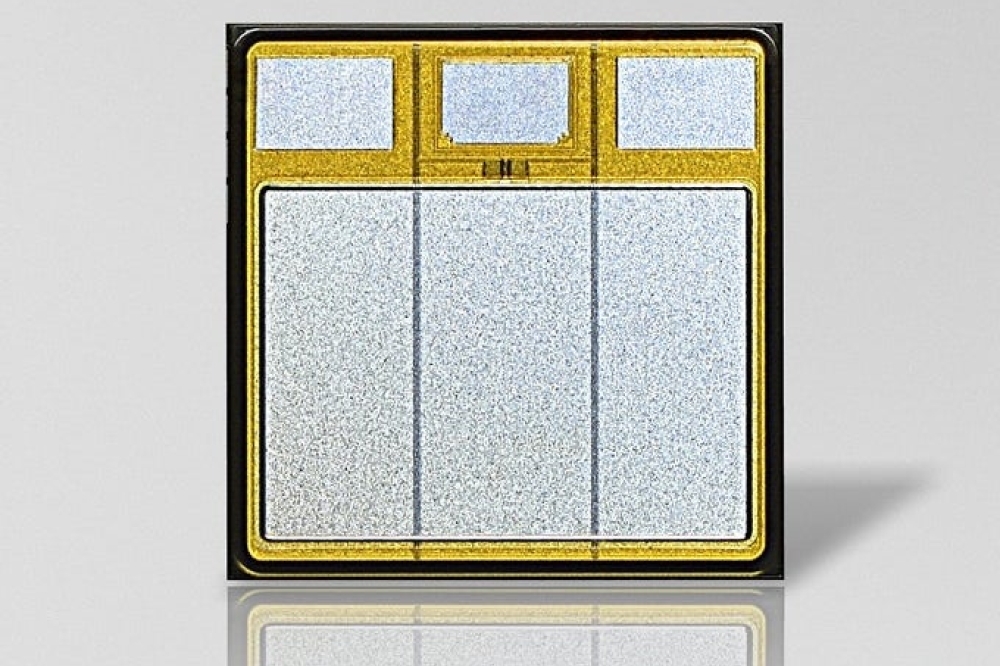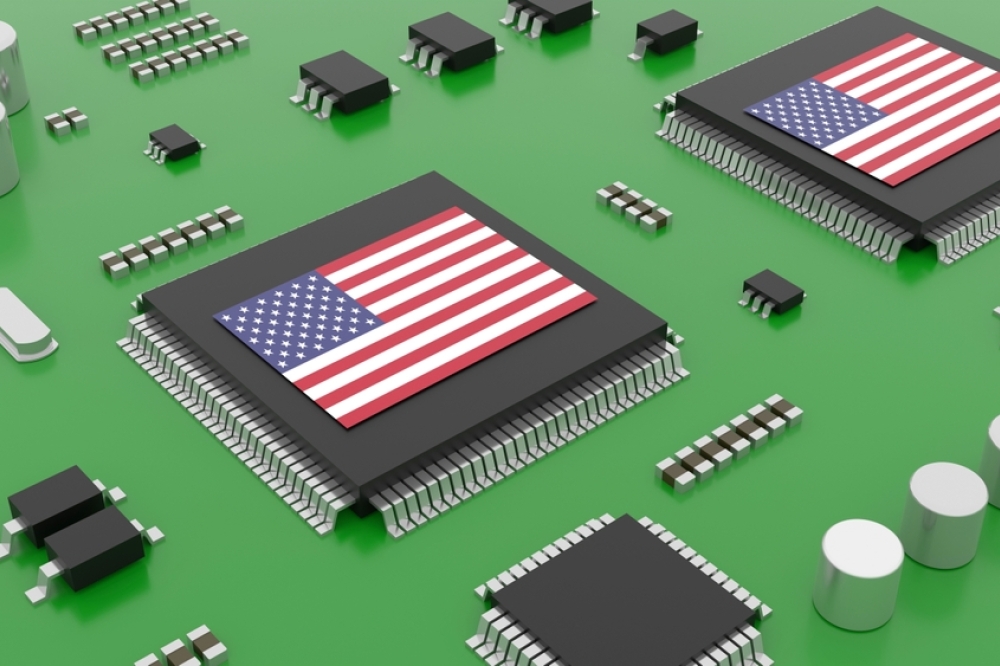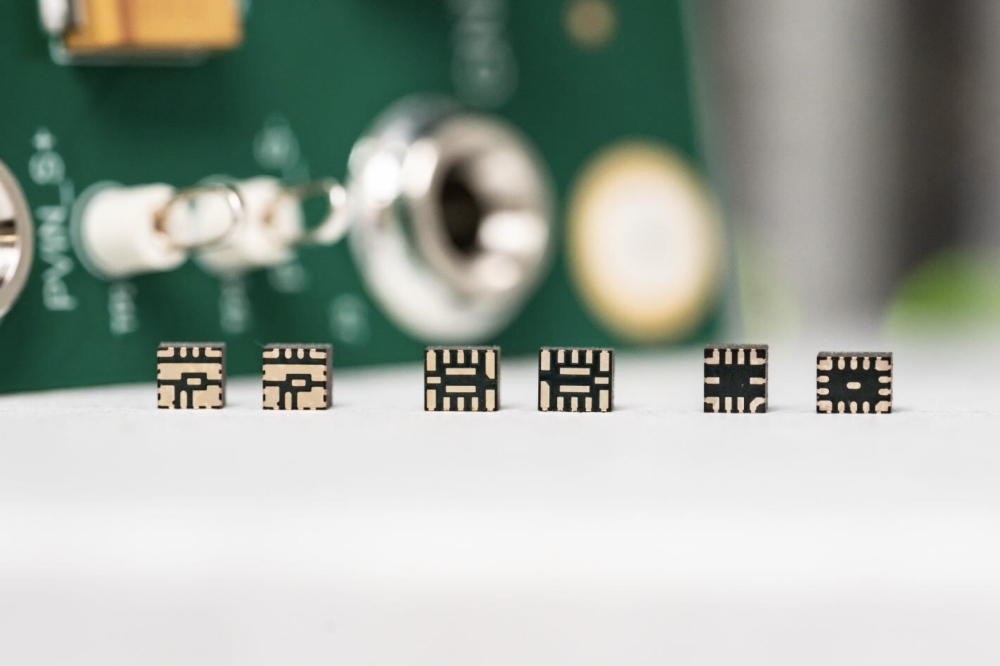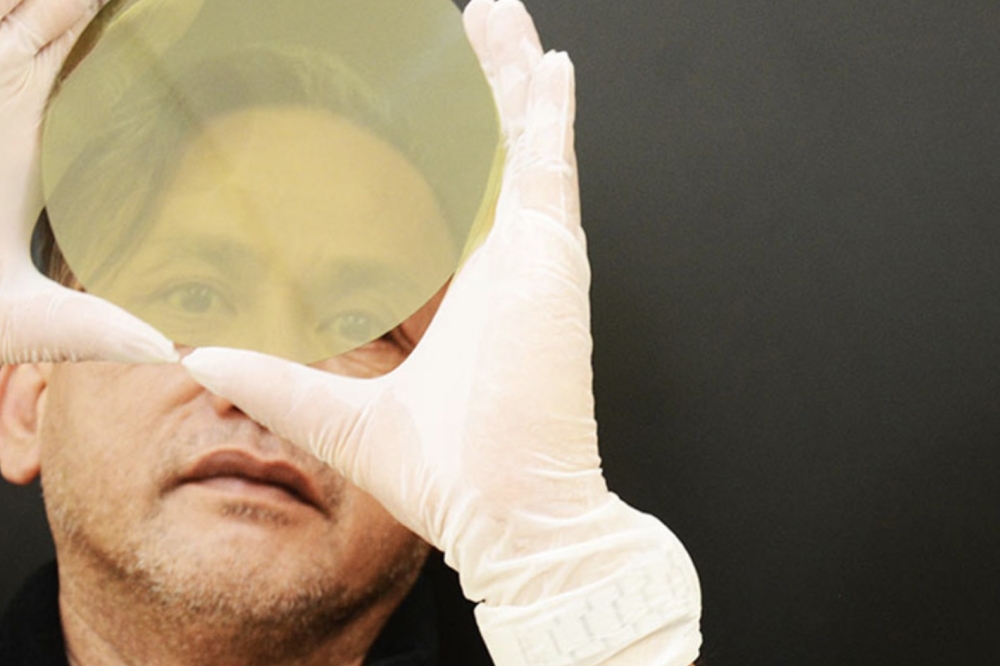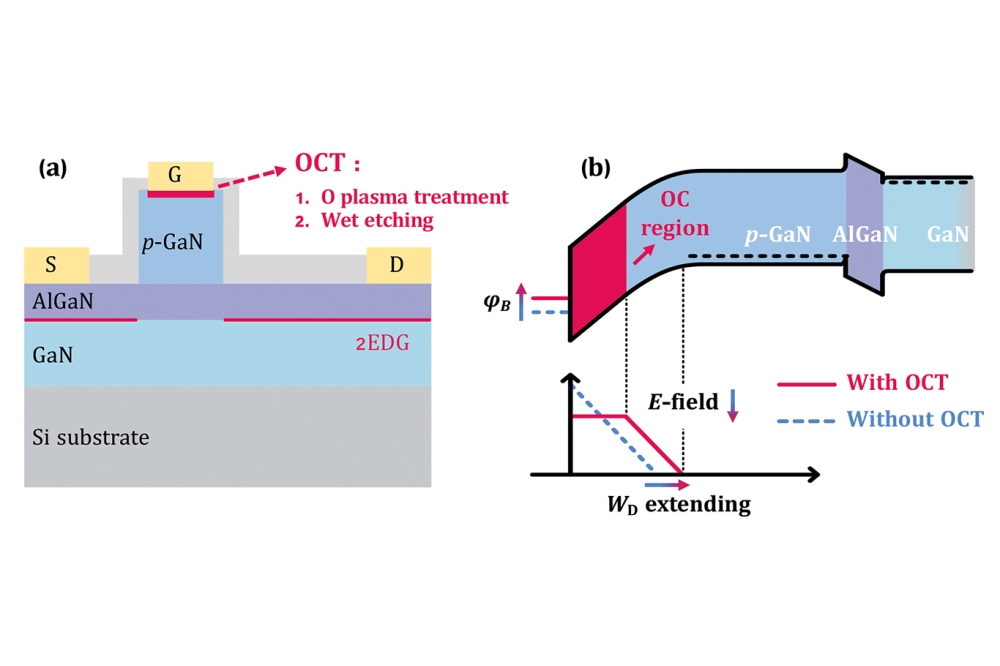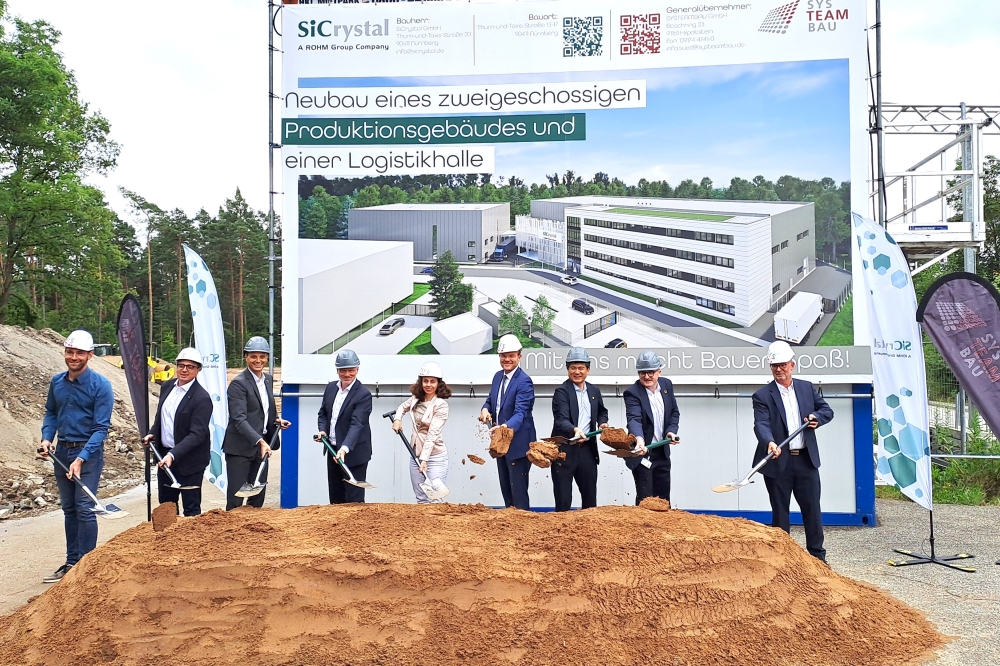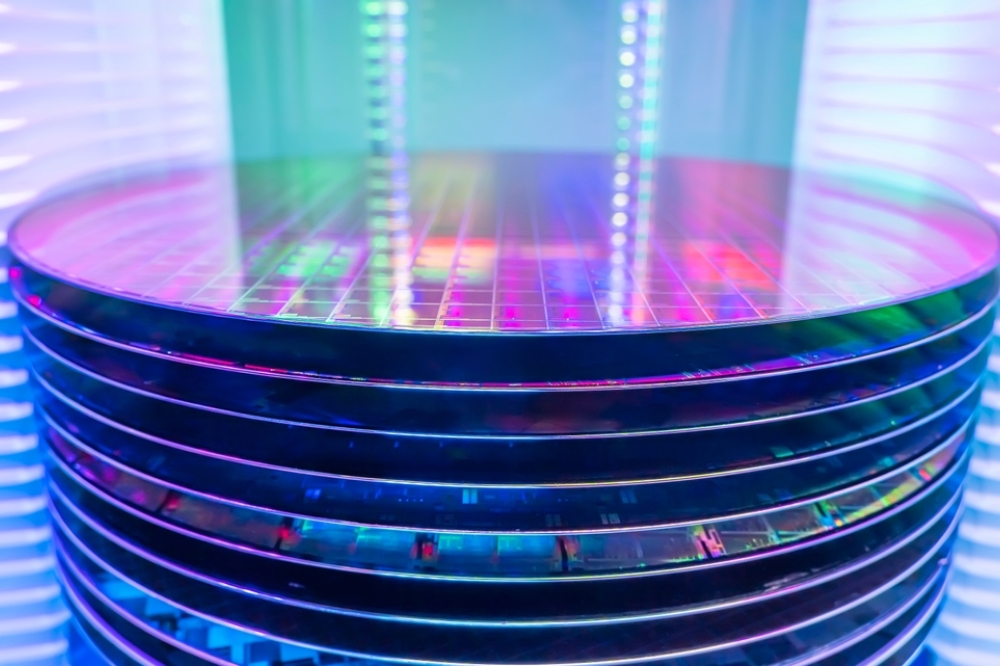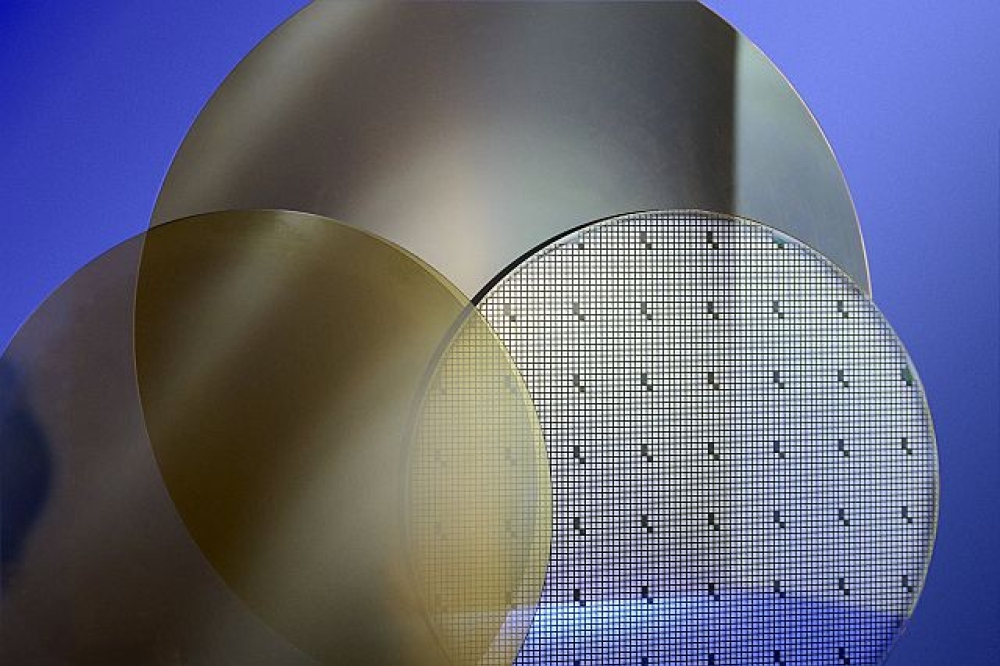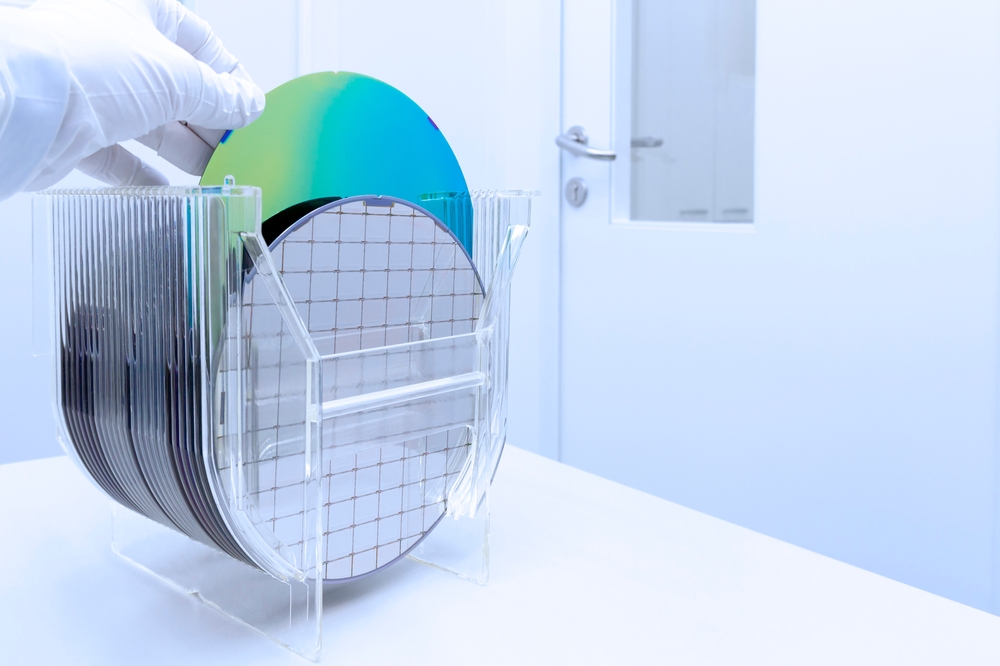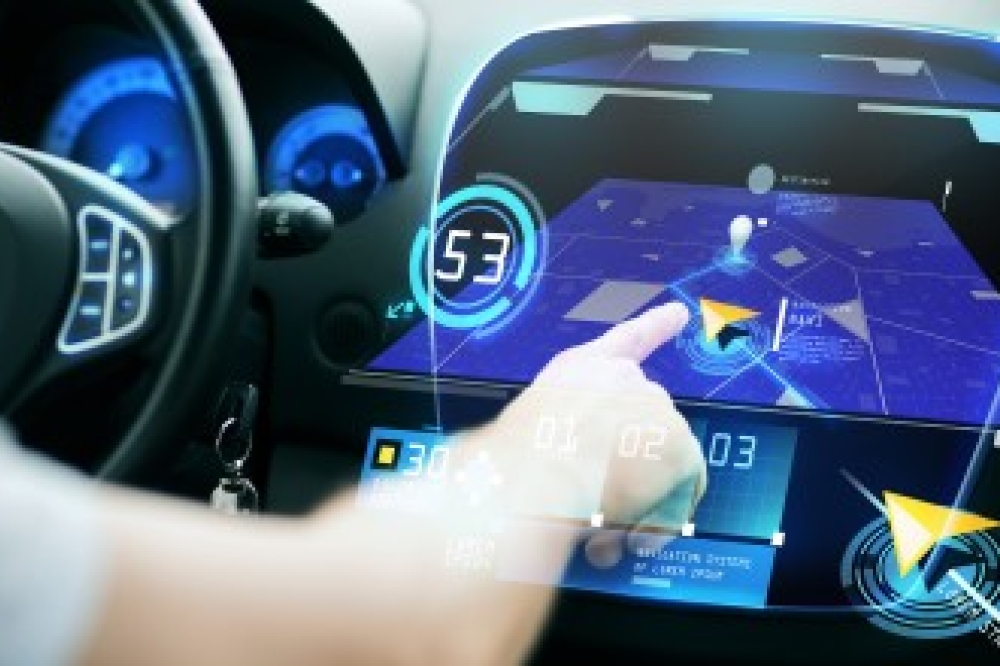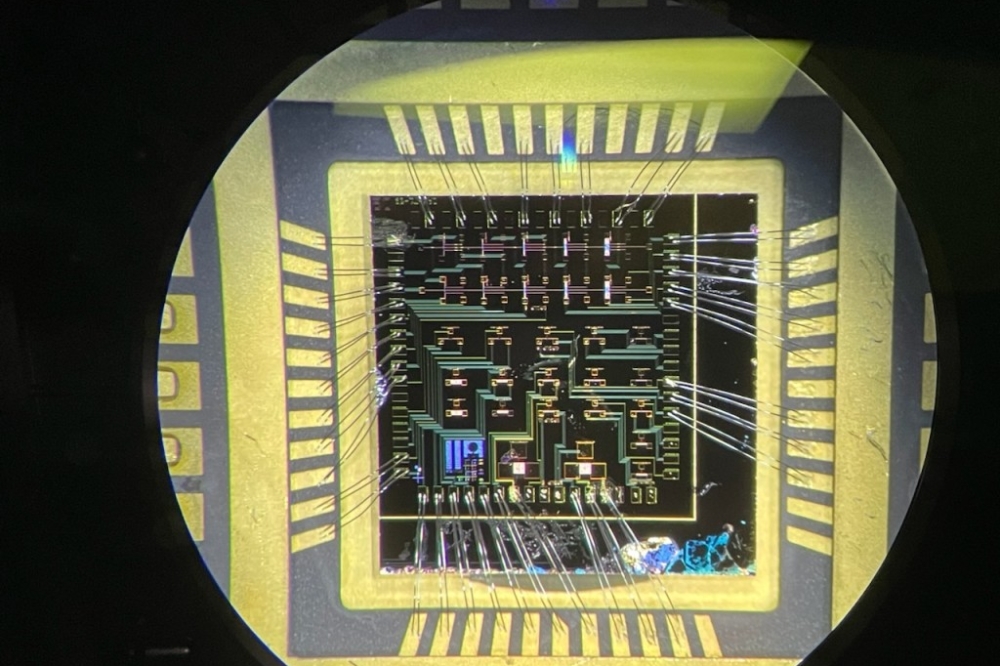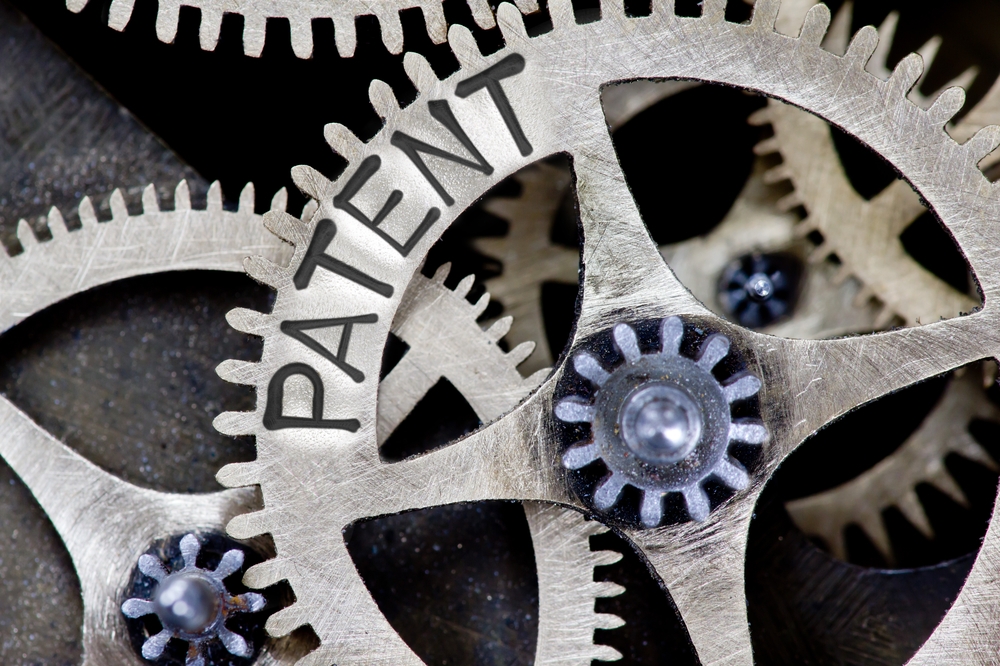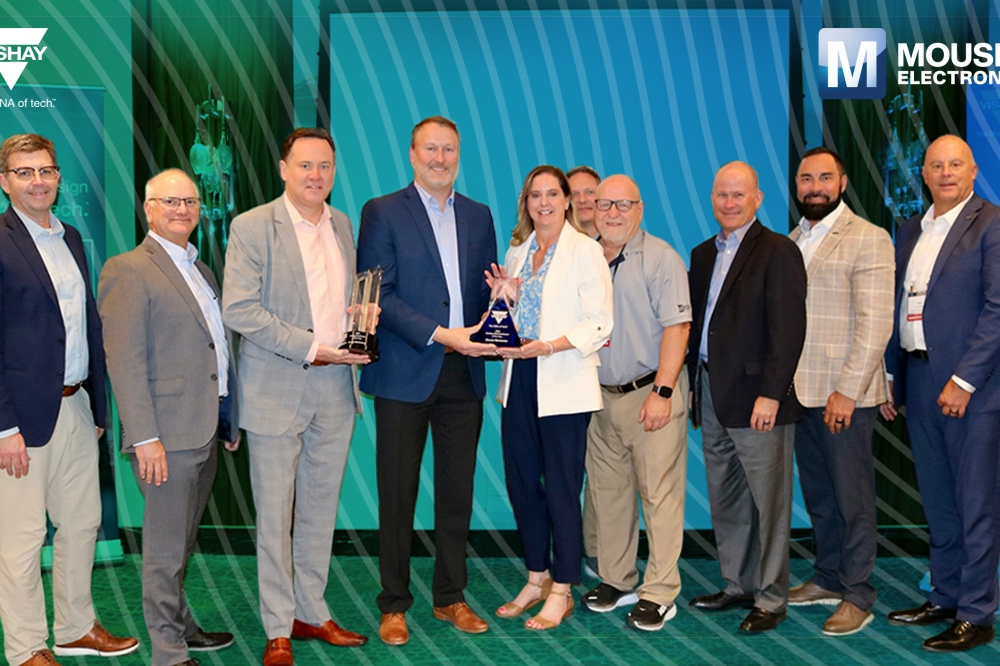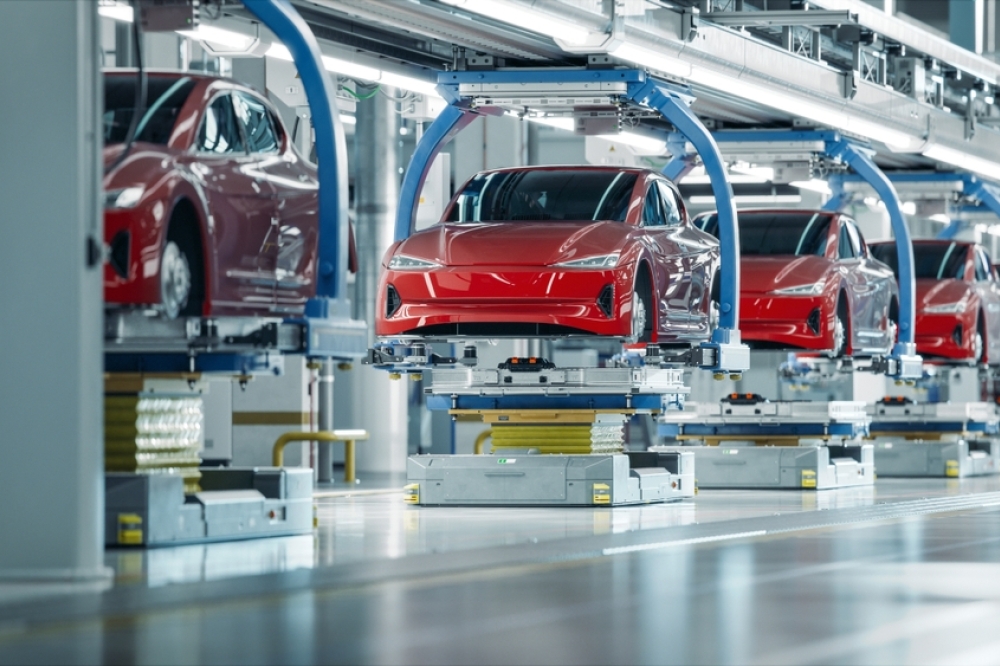Electric motor drive takes off in test flight
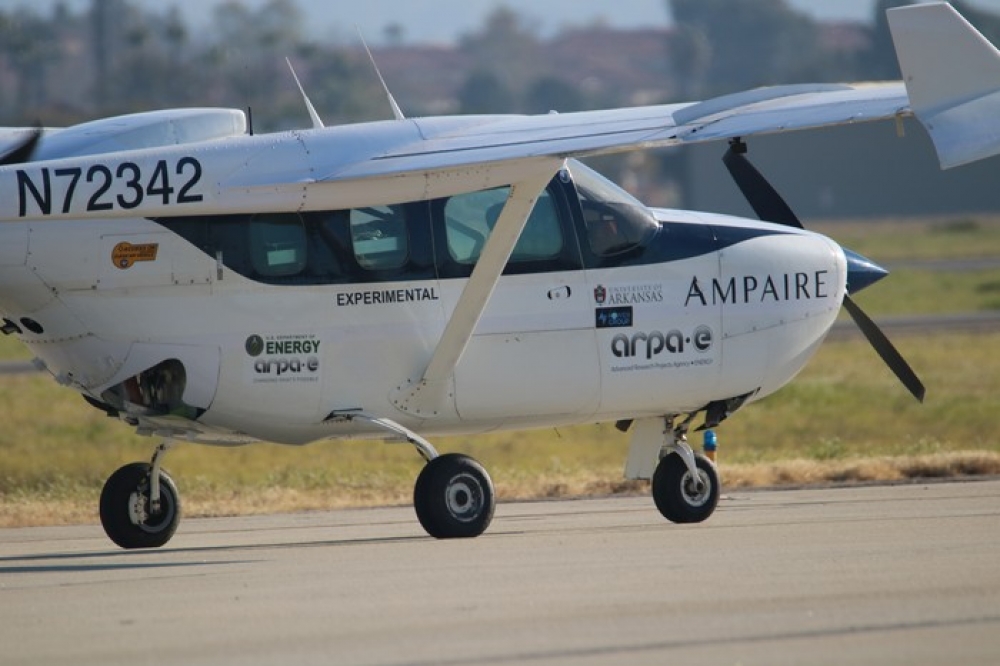
US researchers develop SiC-based electric motor drive to test in hybrid airplane
Engineering researchers at the University of Arkansas have achieved a successful test flight of their electric motor drive on a hybrid electric aircraft.
Used primarily as air taxis in island regions and remote areas, small planes like the Cessna 337 have two gasoline-powered engines that perform the demanding tasks of air propulsion and acceleration, as well as lighter tasks such as taxiing, cruising and landing. These engines are notorious gas guzzlers.
For the past several years, researchers led by Alan Mantooth, director of the National Centre for Reliable Electric Power Transmission (NCREPT) at the U of A, have engaged in an ambitious project to design and develop battery-powered motor drives that can be used in lieu of one of the gas-powered engines.
The project was funded by the US Department of Energy/Advanced Research Projects Agency–Energy CIRCUITS program, or ARPA-E.
Mantooth and U of A researchers David Huitink, Yue Zhao and Chris Farnell designed a 250-kilowatt motor drive to power a rear electrical engine in a hybrid electric aircraft testbed developed by Ampaire Inc., an electrified aircraft company in Southern California. In combination with a gasoline-powered engine in the front of the aircraft, the rear electrical engine propels aircraft during taxiing, takeoff, cruising and landing.
Led by Nenad Miljkovic, professor of mechanical science and engineering, the University of Illinois researchers focused on thermal-management design, while the U of A researchers contributed expertise on electrical and mechanical and controls.
Wolfspeed, a manufacturer of SiC semiconductors, contributed commercial power modules and integration expertise to the development of the electronic motor drive. Ampaire coached the academic-led team through the environmental testing requirements, derived from aerospace hardware standards and necessary to qualify and validate the motor drive's performance and reliability on a pathway to test flight.
After roughly 18 months of ground tests and validations proving the technology, Ampaire successfully piloted the plane, powered by the research team’s inverter technology. The test flight occurred Feb. 20 at the Camarillo airport near Los Angeles.
“With recent refinements, we’ve managed to optimise design of the electrical-thermal-mechanical-control systems — in other words, all aspects of the motor drive are now simultaneously optimised,” Mantooth said. “This has major implications for the new and emerging era of electrification of transportation vehicles, whether they be planes, trains, automobiles, heavy equipment, ships or drones. We’re extremely excited about this work.”
The hybrid aircraft was displayed at the ARPA-E Energy Innovation Summit in Denver in 2022 and inspected by U.S. Secretary of Energy Jennifer Granholm. After extensive testing and evaluation, the test flight comes before the 2023 ARPA-E Energy Innovation Summit that will be held in Washington, D.C., March 22-24. Aided by the research team, Ampaire will conduct additional test flights and continue to collect data to improve future designs.
“The flying testbed capability, supported by ARPA-e, gives Ampaire a rapid test tool for evaluation of emerging technology in a relevant environment,” said Ed Lovelace, chief technology officer and vice president of engineering at Ampaire. “Successfully evaluated technologies have an opportunity to become part of Ampaire’s commercial electrified aviation product roadmap, providing greater capabilities.”
"The University of Arkansas electric motor drive was the first ARPA-E technology to be successfully tested in-flight on the ARPA-E hybrid electric aircraft testbed and is a big accomplishment for ARPA-E and the CIRCUITS program,” said Isik Kizilyalli, ARPA-E associate director for technology. “Testing transformative electric aviation technologies on an aero-platform in actual flight environments enables validation of the technology in real world conditions, which will greatly accelerate the adoption of the technology. The U of A motor drive was the first of soon-to-be-many ARPA-E-funded electric aviation technologies, such as circuit breakers, inverters, motors, power distribution systems, batteries, fuel cells and even high-efficiency combustion engines that will be tested in flight as the agency tackles the electrification of aircraft to bring us towards a more electrified future.”


